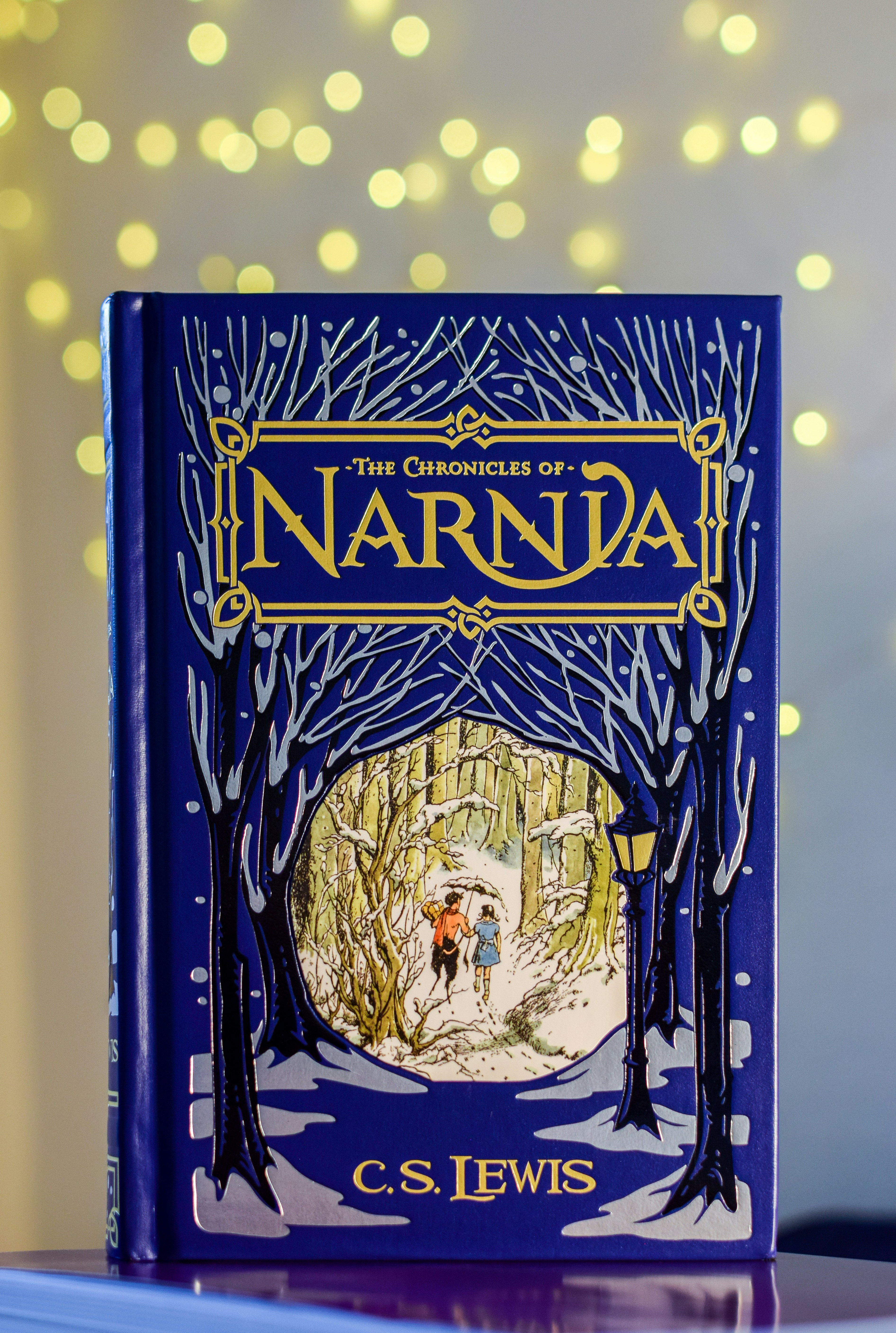How Blockchain Revolutionizes Art Authentication: NFT Provenance Cases
How Blockchain Revolutionizes Art Authentication: NFT Provenance Cases
The Crisis of Trust in Traditional Art Markets
For centuries, art authentication relied on physical certificates, gallery reputations, and expert opinions. The Art Loss Register documents over 700,000 missing/stolen artworks, revealing systemic vulnerabilities. A 2020 European Commission study found 50% of surveyed collectors encountered forged provenance documents.

How NFTs Solve Provenance Challenges
Blockchain creates immutable records through: 1. Cryptographic hashing 2. Distributed ledger technology 3. Smart contract automation
The Ethereum ERC-721 standard enables: - Indivisible ownership tracking - Royalty automation - Historical transaction visibility
Case Study 1: Beeple's $69 Million Milestone
Mike Winkelmann's "Everydays: The First 5000 Days" sale at Christie's demonstrated: - Full creation history verification - Ownership chain from 2007-2021 - Instant transfer of exhibition rights
Technical Breakdown: Blockchain Authentication Layers
| Layer | Function | Impact |
|---|---|---|
| Data Storage | IPFS hashing | Prevents file tampering |
| Smart Contracts | Automated royalty payments | Ensures creator compensation |
| Consensus Mechanism | Proof-of-Stake validation | Reduces energy consumption |
Leading platforms like Artory now offer hybrid solutions combining: - Physical artwork registration - NFT-based certificates - AI-powered forgery detection
Real-World Implementation Challenges
- Energy Consumption: Transition to PoS reduced Ethereum's energy use by 99.95% (CCRI Study)
- Legal Recognition: Wyoming's 2021 DAO Law provides template for digital ownership rights
- Market Adoption: 68% of galleries now accept crypto payments (Artsy Report)
Future Applications: From Museums to AR Galleries
The British Museum partnered with LaCollection to tokenize Hokusai works, achieving: - 300% increase in digital engagement - Micro-investment opportunities - Crowdsourced conservation funding
Ethical Considerations in Digital Provenance
- Cultural heritage protection through projects like UNESCO Blockchain Initiative
- Anti-money laundering compliance via Chainalysis tools
- Environmental impact mitigation using carbon-neutral platforms like Algorand
Conclusion: The New Authentication Paradigm
Blockchain transforms art authentication by: - Eliminating third-party dependencies - Creating global ownership transparency - Enabling new creative economies
As artist Kevin Abosch states: "We're not just selling art - we're building trust infrastructure for human creativity."
For deeper technical analysis, explore our Guide to Smart Contract Development or NFT Market Trends Report.